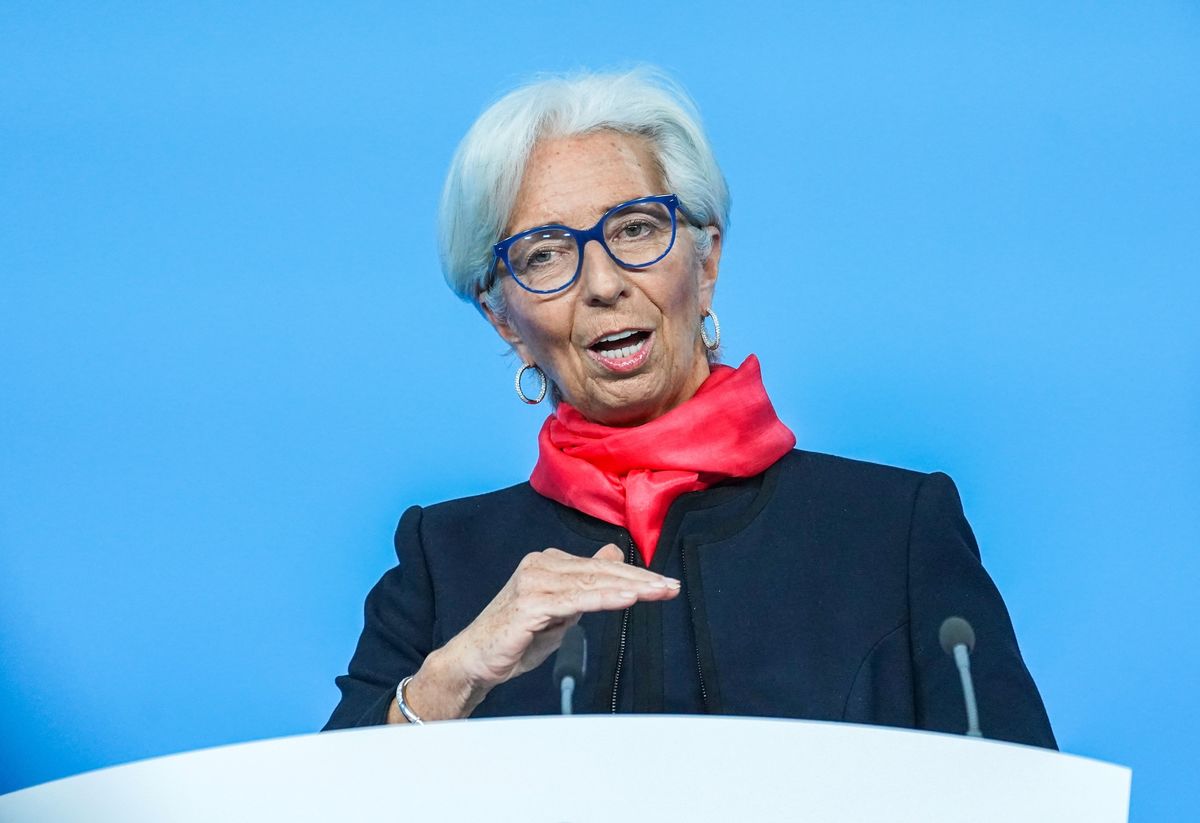Forex
The risk of accelerating inflation in eurozone countries remains – Lagarde

Price pressures in many sectors of the eurozone economy remain, in particular because of high energy prices, said the president of the European Central Bank (ECB) Christine Lagarde, at a press conference after a meeting of the ECB today. This provokes the acceleration of inflation in eurozone countries.
The ECB raised all three key interest rates by 50 basis points (bps) following Thursday’s meeting. The benchmark interest rate on loans was raised to 2.5%; the rate on deposits to 2% and the rate on margin loans to 2.75%. At the same time, 75 bps increased rates in October and September. This news has already had an impact on EURODOLLAR futures.
Inflation in the euro area – what will happen next?
The European Central Bank needs to raise rates higher than markets forecast and should expect them to rise further at a rate of 50 bps, Lagarde said. According to her, interest rate changes remain the key instrument of the ECB’s monetary policy, and “quantitative tightening” will be an addition to it.
On Thursday, the ECB announced its intention to begin normalizing a balance sheet that has grown to nearly 5 trillion euros after years of asset purchases by the regulator.
“From March 2023 onwards, the portfolio of bonds purchased by the ECB under the Asset Purchase Program (APP) will shrink at a restrained and predictable pace as the central bank will not reinvest proceeds from the bonds being repaid. The asset portfolio will decline by an average of 15 billion euros a month until the end of the second quarter of 2023, after which the ECB will determine the further pace of its reduction,” the ECB said in a statement issued after the meeting.
Earlier we reported that the unemployment rate in the euro area fell to 6.5% in October, down from 6.0% in the EU.

 Forex3 years ago
Forex3 years agoForex Today: the dollar is gaining strength amid gloomy sentiment at the start of the Fed’s week

 Forex3 years ago
Forex3 years agoUnbiased review of Pocket Option broker

 Forex3 years ago
Forex3 years agoDollar to pound sterling exchange rate today: Pound plummeted to its lowest since 1985

 Forex3 years ago
Forex3 years agoHow is the Australian dollar doing today?

 Cryptocurrency3 years ago
Cryptocurrency3 years agoWhat happened in the crypto market – current events today

 World3 years ago
World3 years agoWhy are modern video games an art form?

 Commodities3 years ago
Commodities3 years agoCopper continues to fall in price on expectations of lower demand in China

 Economy3 years ago
Economy3 years agoCrude oil tankers double in price due to EU anti-Russian sanctions































